En el bullicioso mundo del manejo de materiales, donde toneladas de peso se balancean sobre nuestras cabezas, La seguridad no es sólo una prioridad: es un imperativo absoluto.. En el centro de esta ecuación de seguridad, literalmente soportando la carga, se sienta el gancho. Si bien su diseño es crucial, El material con el que está forjado es la base fundamental de su fiabilidad.. Aquí es donde entran en juego las normas sobre materiales para ganchos de grúa, Actuando como guardianes silenciosos garantizando que cada ascensor sea lo más seguro posible..
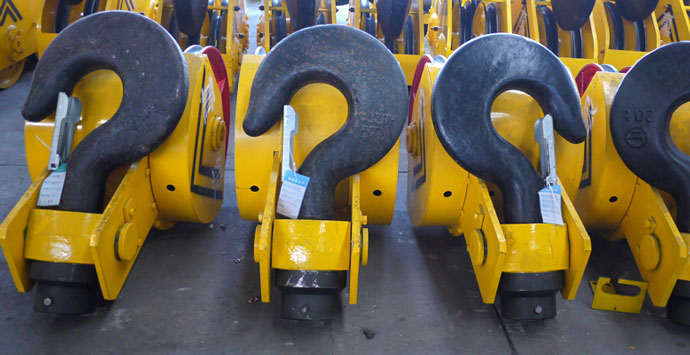
Es tentador pensar “el acero es acero,”pero los ganchos de grúa operan bajo tensiones extremas y complejas:
1. Cargas estáticas elevadas: Soportar la carga nominal, a veces con cargas de choque significativas durante la elevación o el descenso.
2. Carga de fatiga: Ciclos constantes de carga y descarga a lo largo de años de servicio..
3. Fuerzas de impacto: Posibilidad de sacudidas repentinas o colisiones accidentales.
4. Factores ambientales: Exposición a temperaturas variables., humedad, y atmósferas potencialmente corrosivas.
5. Concentración de estrés: La forma del gancho crea inherentemente áreas de gran tensión..
El uso de un material inadecuado puede tener consecuencias catastróficas: fractura frágil repentina, agrietamiento por fatiga, deformación bajo carga, o desgaste acelerado. Existen estándares de materiales para prevenir estas fallas definiendo rigurosamente las propiedades requeridas para el acero para ganchos..
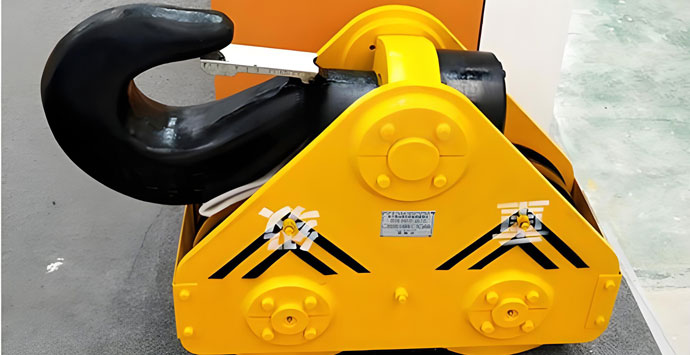
Varias normas internacionales destacadas rigen los materiales de los ganchos de las grúas., A menudo se especifica no solo la composición química sino también las propiedades mecánicas críticas y los requisitos de prueba.:
1. ISO 18365 / ISO 7597: Estas normas ISO abordan específicamente los ganchos de elevación de acero forjado.. ellos mandan:
2. ASME B30.10 (Manos): Si bien es principalmente un estándar de seguridad que cubre el diseño, inspección, y usar, ASME B30.10 hace referencia a los requisitos de materiales. Por lo general, exige que los ganchos estén fabricados con materiales que cumplan con especificaciones reconocidas como ASTM A668. (Especificación estándar para piezas forjadas de acero, Carbono y aleación, para uso industrial general) o grados específicos dentro de ASTM A508/A508M (Acero tratado al vacío templado y revenido). Propiedades clave como la resistencia a la tracción, límite elástico, y la resistencia al impacto se enfatizan de manera similar.
3. EN 13889:2003+A1:2011 (Grilletes de acero forjado – Grilletes en forma de D y grilletes en forma de arco – Grado 6): Mientras se concentra en los grilletes, Esta norma EN establece un listón muy alto para los materiales utilizados en componentes críticos de elevación y, a menudo, se hace referencia a ella o se utiliza como punto de referencia para los materiales de los ganchos.. Calificación 6 requisitos de material del grillete (acero de alta aleación, tratamiento térmico específico, estrictas pruebas de impacto) Reflejan la dureza necesaria para los ganchos..
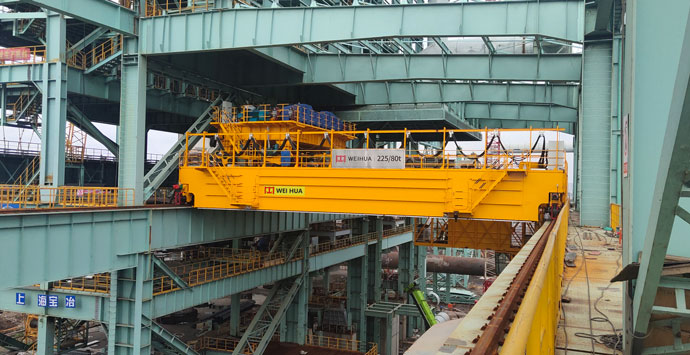
1. Alta relación resistencia-peso: Maneje eficientemente cargas pesadas sin volumen excesivo.
2. Dureza excepcional: Resiste la iniciación y propagación de grietas., especialmente crítico en la garganta y la caña del anzuelo.
3. Buena ductilidad: Permitir la deformación plástica como advertencia antes de una falla catastrófica..
4. Resistencia a la fatiga: Resiste millones de ciclos de carga sin agrietarse.
5. Calidad constante: Microestructura homogénea libre de inclusiones o defectos significativos. (asegurado por END).
6. Dureza adecuada: Lo suficientemente duro para resistir el desgaste, pero no tan duro como para volverse quebradizo. A menudo se controla mediante templado.
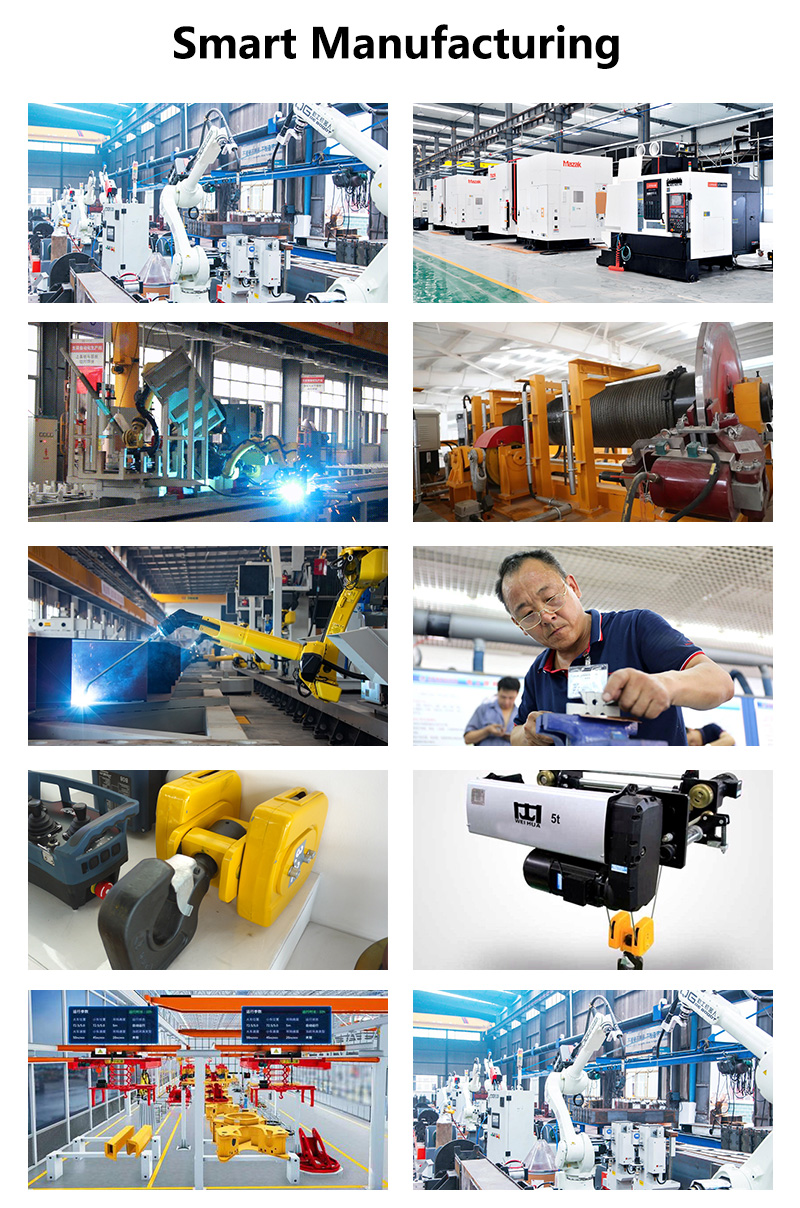
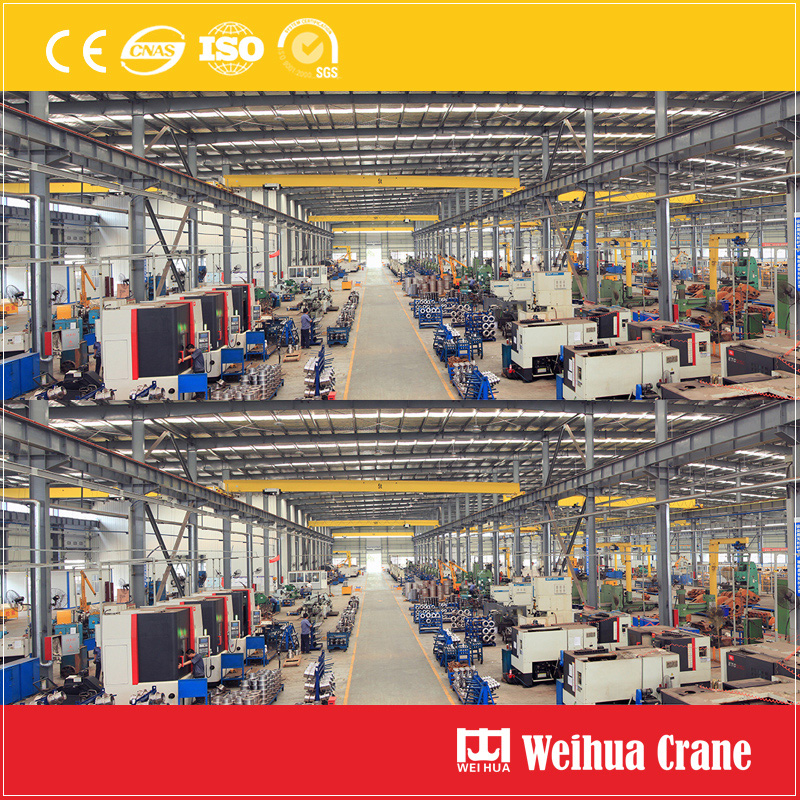
Los estándares de materiales para ganchos de grúa no son trámites burocráticos; son la sabiduría destilada de la ingeniería, metalurgia, y dolorosas lecciones aprendidas de fracasos pasados. Ellos proporcionan:
1. Seguridad asegurada: Minimizar el riesgo de fallo del gancho y proteger vidas y propiedades.
2. Fiabilidad & Durabilidad: Garantizar que los ganchos funcionen de manera consistente durante su vida útil diseñada.
3. Intercambiabilidad & Trazabilidad: Fabricantes y usuarios tienen un lenguaje común y garantía de calidad.
4. Legal & Cumplimiento de seguros: Cumplir con los requisitos reglamentarios y las obligaciones de seguro..
Al especificar, adquisitivo, o inspeccionar los ganchos de la grúa, Exigiendo el cumplimiento de estándares de materiales reconocidos. (ISO, Asme, EN) es primordial. Nunca comprometa la calidad del material de este componente crítico. Es la base invisible sobre la que se construyen las operaciones de elevación seguras.. Obtenga siempre ganchos de fabricantes acreditados que cumplan rigurosamente estos estándares y puedan proporcionar certificación de materiales.. Recordar, La fuerza de su elevación depende literalmente de la calidad del acero en el gancho.. Elige sabiamente, elegir certificado, elige seguro.
Valoramos sus comentarios! Complete el formulario a continuación para que podamos adaptar nuestros servicios a sus necesidades específicas..


Haga clic en el botón para obtener información del producto y cotizaciones en WhatsApp.
Obtener una cotización
Últimos comentarios